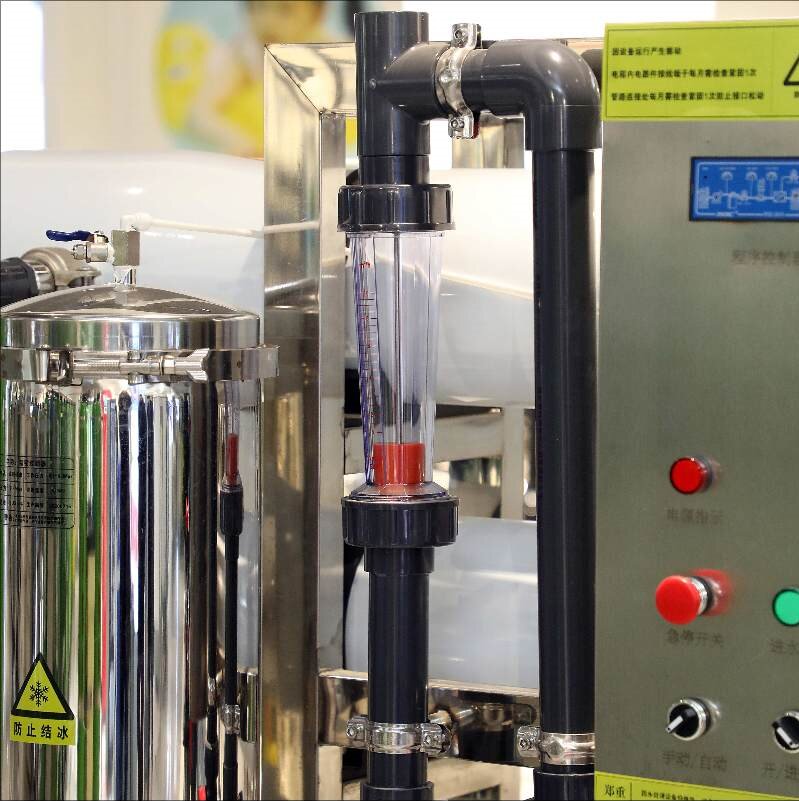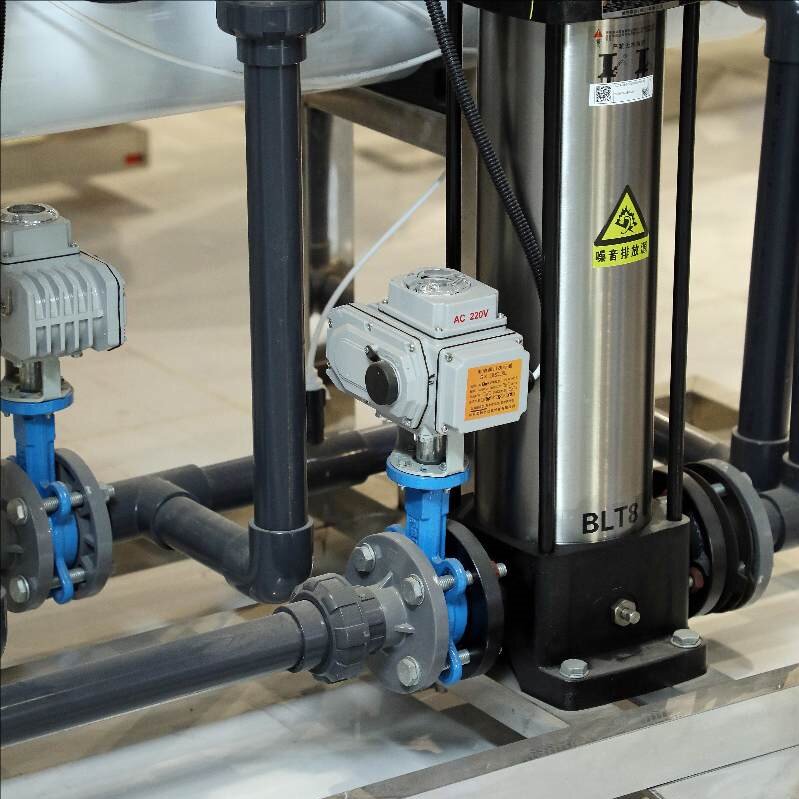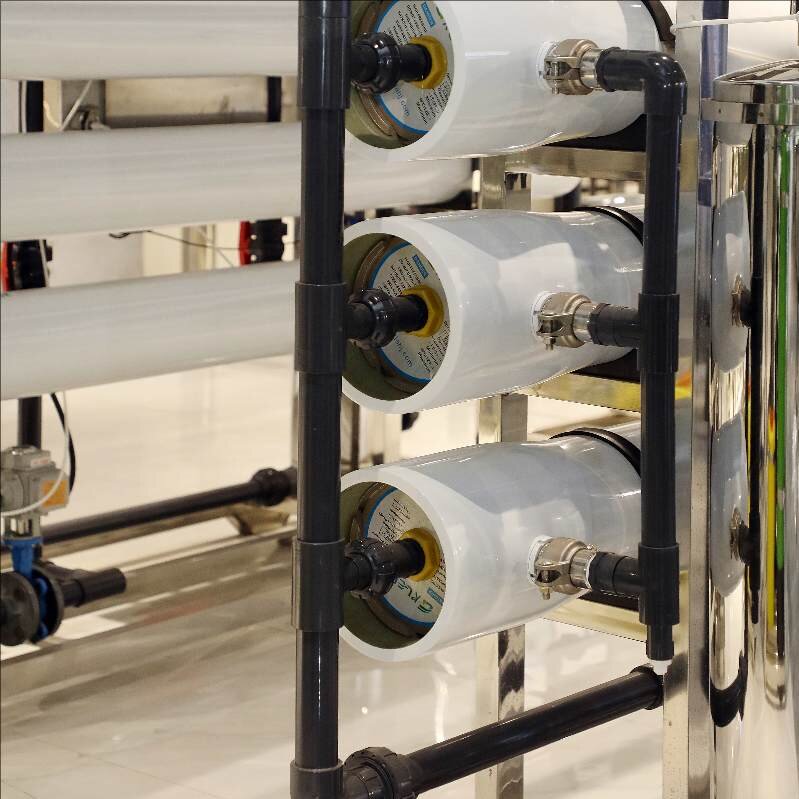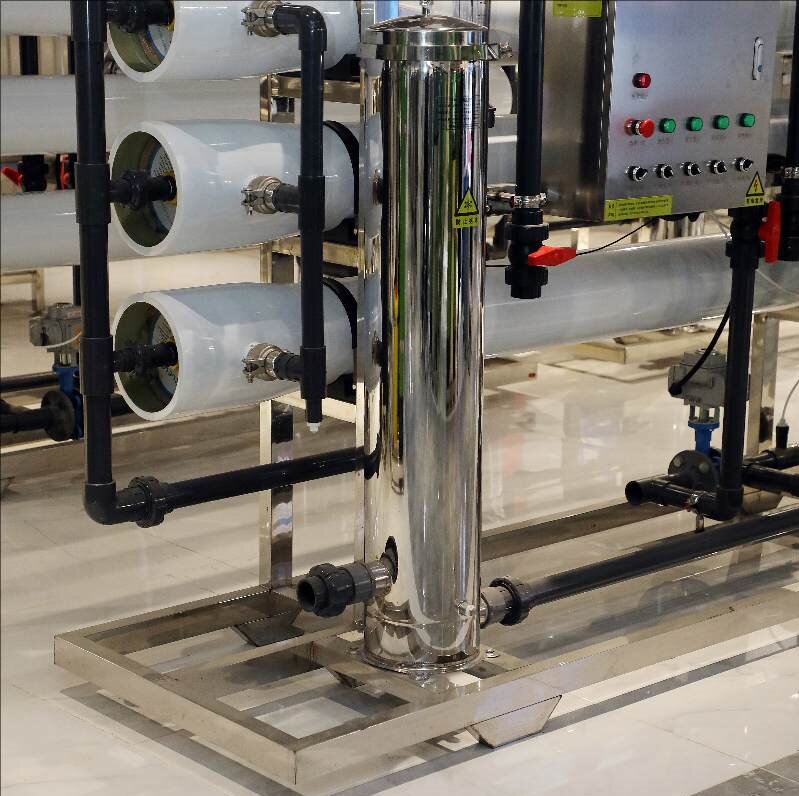
- Qingqingquan
- Shandong
- 20 days
- 300 units per month
The customized reverse osmosis design is tailored to the characteristics of brackish wastewater, and through precise pre-treatment, membrane selection and process optimization, it achieves efficient reuse and significant cost reduction and efficiency.
Customized Reverse Osmosis Design: An Efficient Solution for Brackish Industrial Wastewater Reuse
Under the dual pressures of global water scarcity and tightened regulation of industrial wastewater discharge, the reuse of brackish industrial wastewater (TDS 1,000-35,000 mg/L) has become a key path for companies to reduce costs and increase efficiency. However, the traditional reverse osmosis (RO) system is difficult to cope with high salt, high hardness, complex composition of the wastewater, often faced with rapid membrane contamination, low recovery rate (<50%), high operating costs and other pain points. Customized reverse osmosis design through the “water quality adaptation - process optimization - intelligent control” trinity strategy, the system recovery rate can be increased to 75% -90%, to achieve a win-win situation of wastewater resources and economy.

1.Water quality analysis: customized “genetic testing”
Saltwater wastewater has significant differences in composition, which requires full-spectrum testing + dynamic monitoring to determine the design benchmarks:
Ionic composition: focus on analyzing the concentration of Cl-, SO₄²-, Ca²⁺, Mg²⁺, and calculating the fouling tendency (LSI index);
Organic properties: detecting the TOC, molecular weight distribution, and identifying the risk of membrane contamination Substances (e.g. humic acid, oil and grease);
Suspended matter: Determine the particle size distribution, optimize the choice of pretreatment process.
For example, a chemical enterprise wastewater TDS daily fluctuations of up to 20%, through the establishment of water quality time series model, set the design conditions of the “worst water quality envelope” to ensure stable operation of the system.
2.Core design: three modules to crack the technical bottleneck
Pre-treatment “gradient purification”
According to the type of pollutants combined process: high hardness wastewater using “lime - soda ash softening + nanofiltration quality”; oily wastewater using "air flotation Oil removal + ceramic membrane filtration" is used for oily wastewater, so that the SDI value of RO influent is <3 and the membrane contamination cycle is extended by 2-3 times.

Membrane Selection “Precision Strike”
For high chlorine wastewater, chlorine-resistant membranes (e.g. Toray UTM-10L) are used, which can withstand 200 ppm-h of free chlorine; for high silica wastewater, special membranes for silica retention (e.g. DOW SW30HRLE-400) are used, which can remove silica by more than 98%.
Process structure “energy efficiency balance”
Through the two-stage RO design: one section to treat 60% of the feed water, the second section to treat a thick water, with thick water recycling technology, the recovery rate from 50% to 85%, while the power consumption of tons of water increased by only 0.7 kWh.
3.Economy: from “high cost” to “return on investment”
A case study of a coal chemical project shows that the payback period of the customized RO system is only 3.1 years:
Cost comparison: saving 65% of operating costs compared with traditional multi-effect evaporation (MED), saving 1.2 million tons of water per year;
Benefit extension: the produced water meets the boiler make-up water standard, reducing the fresh water intake fee and sewage charges by more than 2 million yuan/year.

Conclusion: The future value of customized RO
Under the goal of “double carbon”, customized reverse osmosis design is not only a technical tool for wastewater reuse, but also a core engine for enterprises to build a water recycling system. By accurately matching the water quality characteristics and process requirements, the enterprise can achieve “technically feasible, economically reasonable and operationally stable” wastewater reuse goals, injecting green kinetic energy for sustainable development.





































